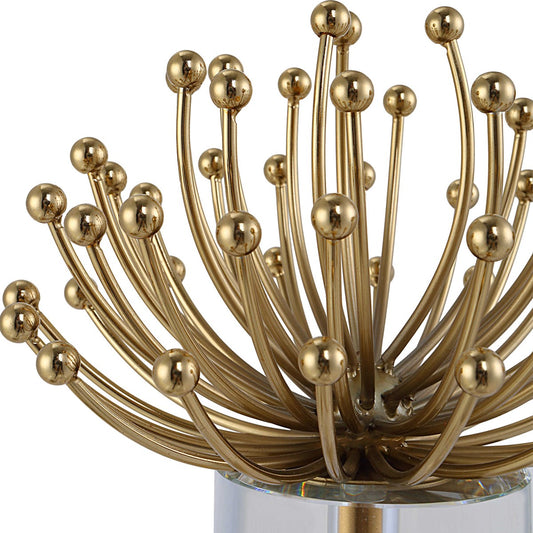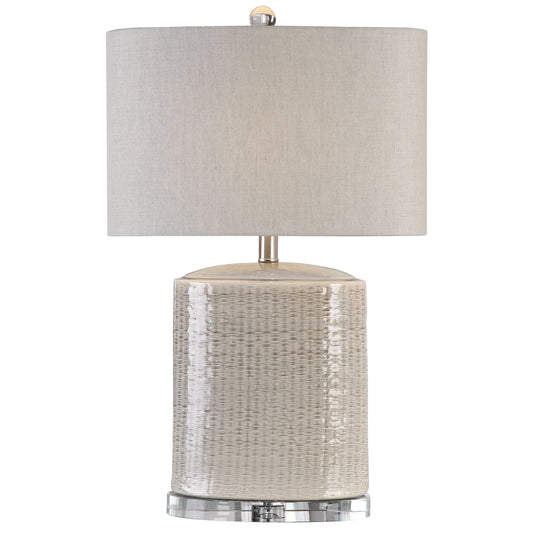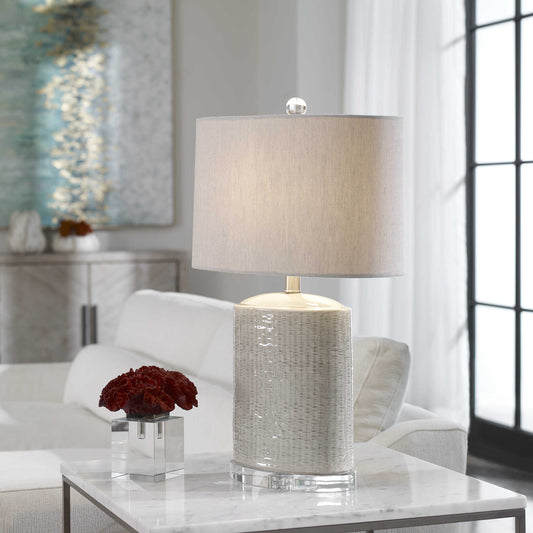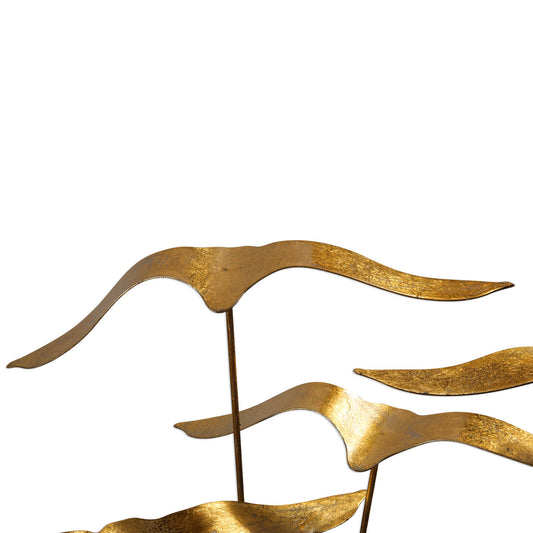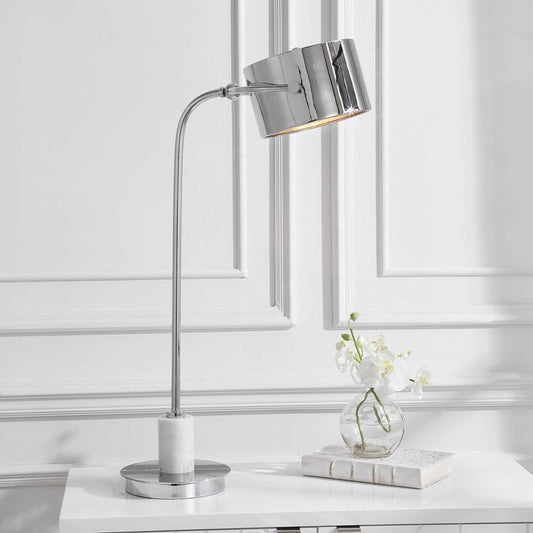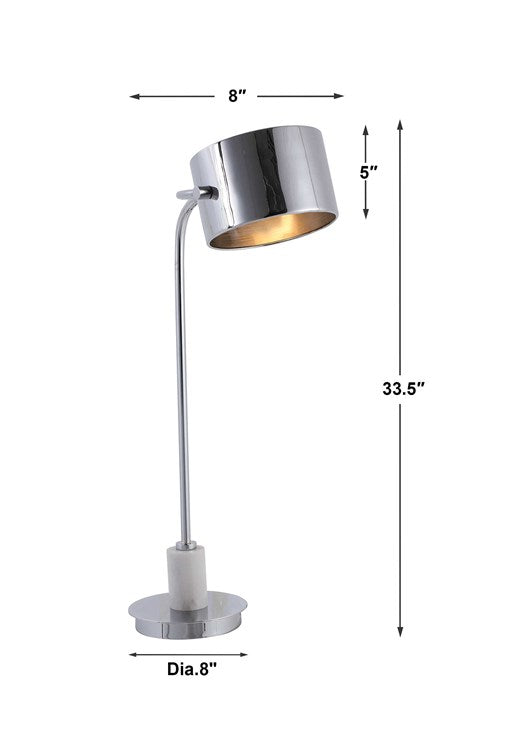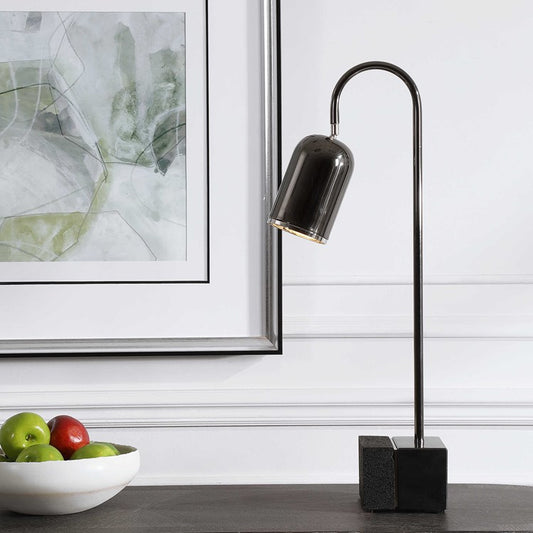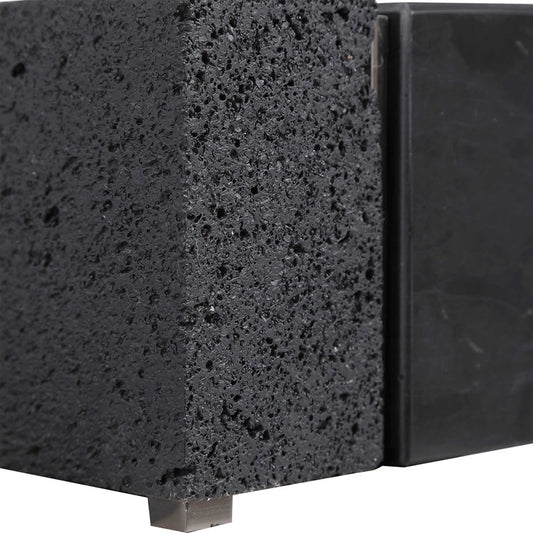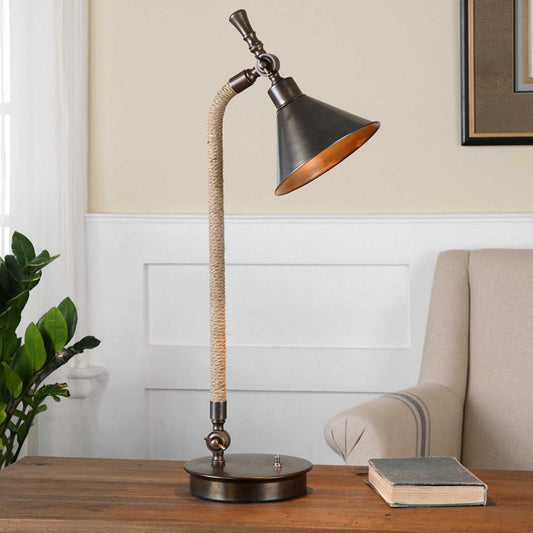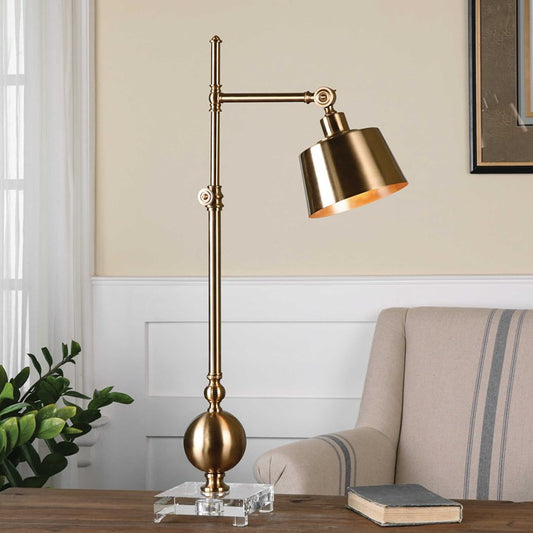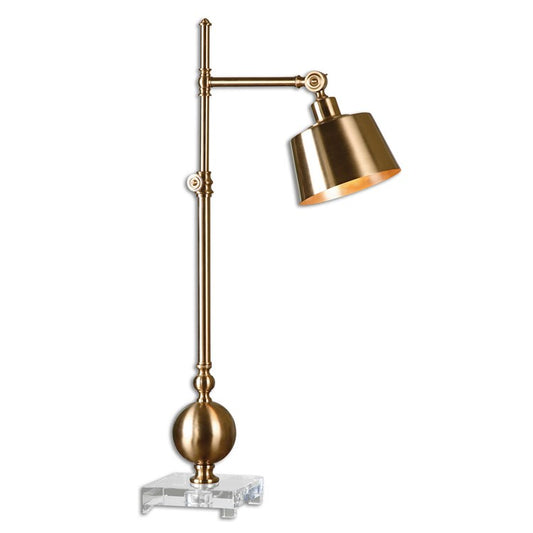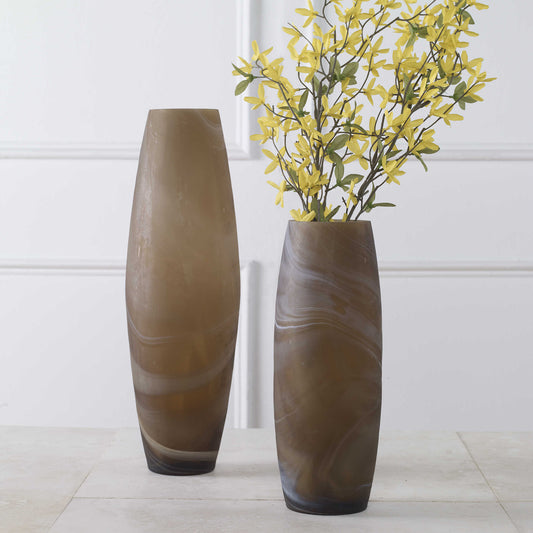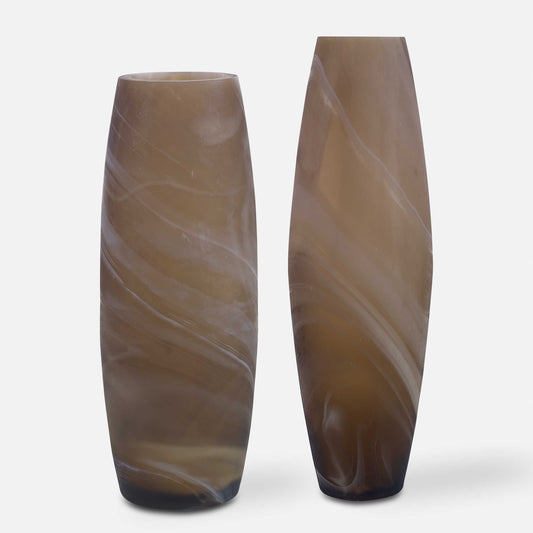Decorating around a mirror can be a highly successful strategy for enhancing both the aesthetic and functional qualities of a space. Mirrors are versatile design elements that can serve as focal points, create the illusion of more space, and amplify natural light, making rooms appear brighter and more inviting. The style and size of the mirror frame can dramatically influence the room’s overall decor, adding either a touch of grandeur or a sleek, modern vibe. Proper placement and height of the mirror ensure it complements surrounding furniture and maximizes its light-reflecting capabilities. Moreover, treating mirrors as decorative pieces akin to artwork allows for creative expression and cohesion with other design elements. These considerations make mirrors an excellent choice for both practical use and aesthetic enhancement in interior design.
Size and Style
The style and size of a mirror's frame play a crucial role in defining the room's overall aesthetic. In traditional or larger spaces, opting for grand, sculpted, and dark-colored frames can add a sense of elegance and drama. These types of frames make the mirror a standout feature, adding depth and sophistication to the decor. Conversely, in contemporary settings, a subtle or frameless mirror is often more appropriate. These minimalist designs prevent the mirror from dominating the space, maintaining a clean and streamlined look that complements modern interiors. By carefully selecting the frame style, you can ensure the mirror enhances rather than overwhelms the room's design.
Placement and Height
Correct placement and height of a mirror are essential for achieving both aesthetic appeal and functional use. Typically, mirrors should be hung at eye level, around 60 inches from the floor, to ensure they are practical for everyday use. However, this height can vary depending on the furniture positioned below the mirror. It's important to ensure that the bottom of the mirror is closer to the top of the furniture than to the ceiling. This creates a cohesive look, making the mirror appear as a natural extension of the furniture, rather than an isolated element. Proper positioning ensures that the mirror enhances the room's decor and usability.
Light Reflection
Mirrors are fantastic for reflecting light, which helps make a room feel larger and brighter. To make the most of this effect, it's best to place mirrors adjacent to windows rather than directly opposite them. This positioning allows the mirror to effectively reflect the natural light without causing glare. By bouncing light around the room, the mirror can create a more open and inviting atmosphere, enhancing the overall brightness and spaciousness of the space.
Artwork and Decor
When decorating with mirrors, it’s important to treat them as decorative elements, much like pieces of artwork. Choosing the right frame is essential, as it should complement your overall interior design. For instance, a mirror with an ornate, gilded frame can add a touch of elegance to a traditional room, while a sleek, frameless mirror might be better suited for a contemporary space. To create a harmonious and visually appealing arrangement, consider surrounding your mirror with other decorative pieces or complementary artwork. This could involve pairing it with framed photographs, paintings, or even smaller mirrors to create a gallery wall effect. The key is to ensure that the mirror and surrounding decor pieces work together to enhance the aesthetic of the room, rather than competing with each other. By thoughtfully arranging these elements, you can create a cohesive and stylish look that not only adds visual interest but also makes the space feel more complete and well-designed.
Functional Considerations
When incorporating mirrors into your decor, it's crucial to consider their functional use in addition to their aesthetic appeal. In hallways, for example, mirrors should be placed at a height that allows for a full reflection, making it easy for people to check their appearance before heading out. This placement not only serves a practical purpose but also helps to make narrow or dark hallways feel more open and inviting by reflecting light. In living spaces, mirrors can be positioned higher to capture and reflect light fixtures or other decorative elements, thereby enhancing the room's ambiance and highlighting its design features. The goal is to ensure that mirrors serve both decorative and practical purposes. This means placing them in positions where they can be used for their intended purpose, such as providing reflections, while also contributing to the overall aesthetic by reflecting light and other design elements. By balancing functionality with design, you can make the most of mirrors in your home, ensuring they are both beautiful and useful.
Classic and Pop Living Room Example

Firstly, the frame style and size of the mirror play a significant role. The mirror in this image has a grand, sculpted frame that adds an element of sophistication and becomes a focal point in the room. The dark, metallic frame contrasts beautifully with the neutral wall, drawing attention without overwhelming the space. This choice complements the traditional and somewhat eclectic style of the room, providing both visual interest and a sense of elegance.
Regarding placement and height, the mirror is positioned centrally above the console table, ensuring it is at an eye-catching height. This central placement not only highlights the mirror itself but also ties together the various elements on and around the console table. By aligning the bottom of the mirror closer to the furniture rather than the ceiling, the design creates a cohesive flow between the mirror and the surrounding decor. This ensures that the mirror feels connected to the overall arrangement rather than floating awkwardly on the wall.
The mirror also serves a functional purpose by enhancing light reflection. Although not placed directly opposite a window, the mirror still reflects light from other sources in the room, helping to brighten the space. The strategic positioning next to the lamp and near the artwork ensures that the mirror captures and reflects light effectively, contributing to a more luminous and inviting atmosphere.
In terms of artwork and decor, the mirror is treated as a decorative element similar to the paintings flanking it on either side. The colorful and whimsical artwork complements the mirror's bold frame, creating a harmonious visual balance. The arrangement of the mirror and the art pieces works together to fill the wall space attractively and cohesively, making the room feel curated and thoughtfully designed.
Finally, considering functional considerations, the mirror's placement above the console table allows it to serve both decorative and practical purposes. It provides a reflective surface for quick checks, which is particularly useful in living spaces. The mirror's positioning also helps to enhance the overall decor by reflecting the decorative elements on the console table, such as the lamp, sculptures, and other accessories, thereby amplifying their impact and contributing to the room's unique style.
Chic White Living Room Example



